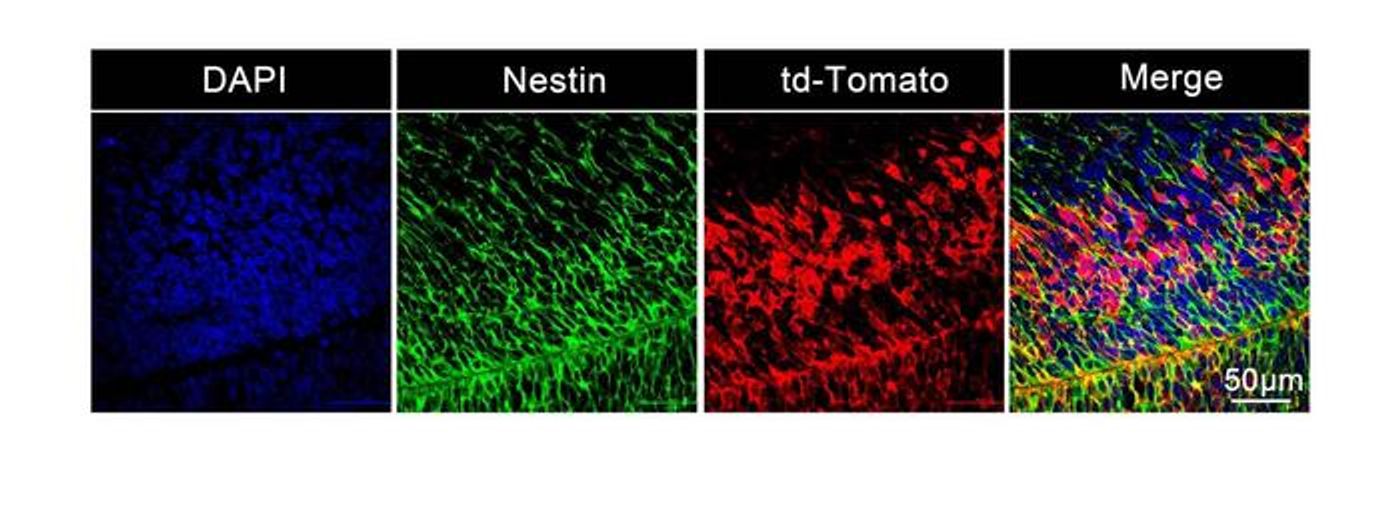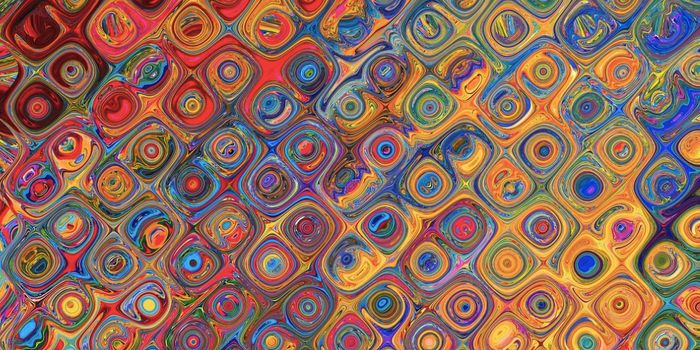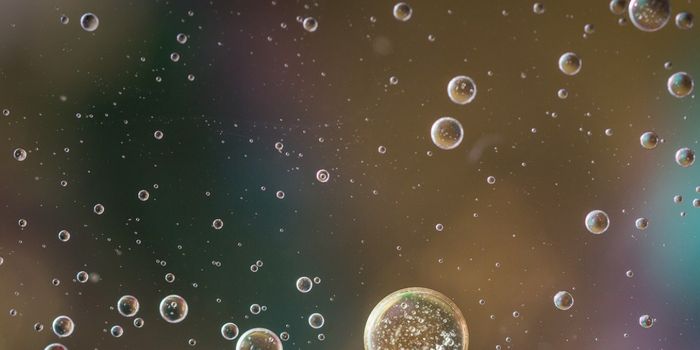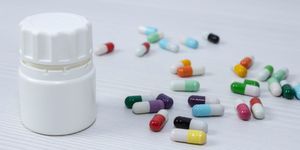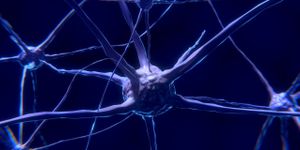A New Gene Therapy Technique Aims to Deliver Treatment Before Birth
Researchers have developed a novel delivery system for sending CRISPR reagents to brain cells, where they perform their gene editing function. In this approach, a nanoparticle exposes cells to the instructions for building CRISPR reagents and the correct gene sequence to repair a gene defect. The method also aims to repair genetic problems at very early stages of development. While more research will be needed, the investigators are hopeful that this technique will eventually be used to treat human patients who are identified during prenatal testing. The work has been reported in ACS Nano.
"The implications of this tool for treating neurodevelopmental conditions are profound. We can potentially correct genetic anomalies at a foundational level during critical periods of brain development," said co-corresponding study author Aijun Wang, a professor at UC Davis.
Proteins have a three dimensional structure, and some are quite large and complex. This can be true whether the protein is performing some crucial function in a human cell, or if it's an enzyme that is part of the CRISPR-Cas9 gene editing system. Since proteins are so difficult to send into cells, the researchers focused on using mRNA, which can be translated by the cell into proteins. While cells can translate their own mRNA molecules, they will also translate molecules that code for things like the Cas9 enzyme, which can cut the genome. So the investigators delivered the mRNA for CRISPR reagents as well as the correct mRNA molecule to fix a genetic error into brain cells.
To do so, the researchers developed a system that relies on fat molecules or lipids. These specialized lipid nanoparticles (LNPs) send mRNA to cells, where that mRNA is translated into functional proteins. This technology was recently described in a paper reported in Nature Nanotechnology. Cells take up the LNP through a process called endocytosis, breaking the LNP carrier and releasing the mRNA into the cell.
“The LNPs developed in this study use a new acid degradable linker that enables the LNPs to rapidly degrade inside of cells. The new linker also enables LNPs to be engineered to have lower toxicity,” noted co-corresponding study author Niren Murthy, a professor at the University of California at Berkeley.
The scientists also knew that this approach would work best if cells took up LNPs efficiently, so fewer of them had to be delivered. It dosage is too high, it can lead to problems like toxicity and inflammation. Indeed, they determined that low doses of LNP could be used, keeping inflammation low.
The research team used the LNPs to send the Cas9 system and corrective molecules into a mouse model. This correction has to be made before the blood brain barrier forms in order to prevent the disease they were trying to treat - Angelman syndrome.
The scientists used tracer molecules to watch the action, and observed the nanoparticles being taken into neural stem and progenitor cells in the mouse brain. There were corrective edits in about one-third of the neural stem cells in their model.
“Transfecting 30 percent of the whole brain, especially the stem cells, is a big deal. These cells migrate and spread to many places across the brain as the fetus further develops,” Wang said.
The stem cells continued to grow and move in the developing brain as the central nervous system of these mice was forming. Over 60 percent of hippocampal neurons and 40 percent of cortical neurons were found to be genetically altered by the treatment.
“This is a very promising method for genetic conditions affecting the central nervous system. When the babies are born, many of the neurons could have been corrected. This means the baby could be born with no symptoms,” Wang explained.
An even greater number of neurons might be affected in a mouse model of disease, as well, Wang noted. It's possible that dysfunctional neurons would die off while healthy neurons were there to replace them. The therapeutic effect could be even more significant in that case, though more research will be needed to determine if that is true.
Sources: University of California (UC) Davis, ACS Nano
